Table of Contents
Introduction to Peppercorn Green
Peppercorn green, commonly known as green peppercorns, are the unripe berries of the black pepper plant (Piper nigrum). Harvested before they mature and turn black, they offer a fresher, milder, and slightly fruity flavor compared to dried black peppercorns. Unlike the misconception that they are leaves, green peppercorns are actual berries preserved in brine, vinegar, or freeze-dried. This guide provides accurate, practical information to help you understand and use this versatile spice.
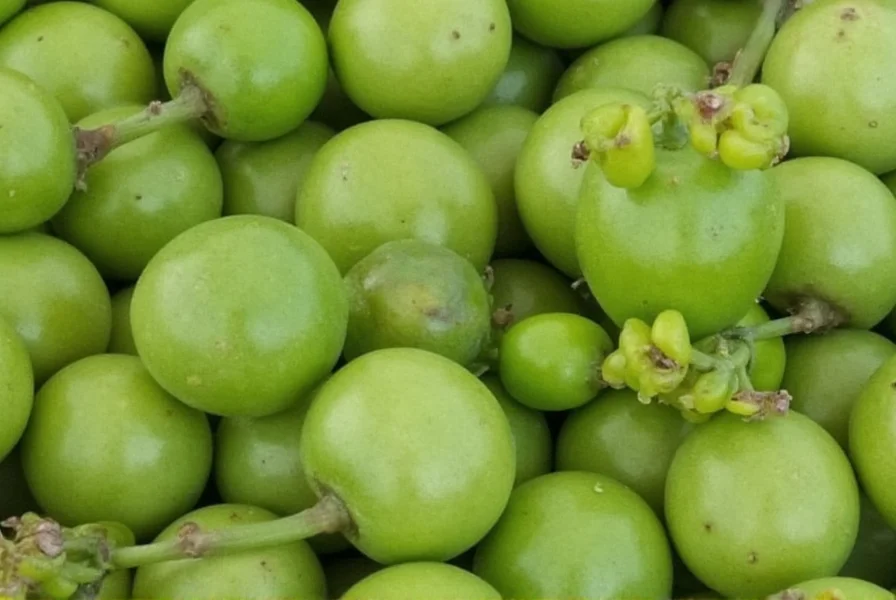
The Flavor Profile of Peppercorn Green
Peppercorn green has a distinct flavor: fresh, mildly pungent, with subtle herbal and citrus notes. It lacks the intense heat of black peppercorns but offers a brighter, more delicate pepper taste. This makes it ideal for dishes where you want pepper flavor without overpowering other ingredients.
| Type | Flavor | Texture | Best Used In |
|---|---|---|---|
| Peppercorn Green (Green Peppercorns) | Fresh, mild, slightly fruity, herbal | Soft, juicy (brined); crisp (freeze-dried) | Salads, sauces, seafood, light marinades |
| Black Peppercorns | Strong, pungent, woody | Hard, dried | Stews, rubs, hearty dishes |
| White Peppercorns | Earthy, less complex, slightly fermented | Smooth, dried | Light-colored sauces, mashed potatoes |
| Pink Peppercorns | Sweet, floral, berry-like | Soft, dried | Desserts, cocktails, garnishes |
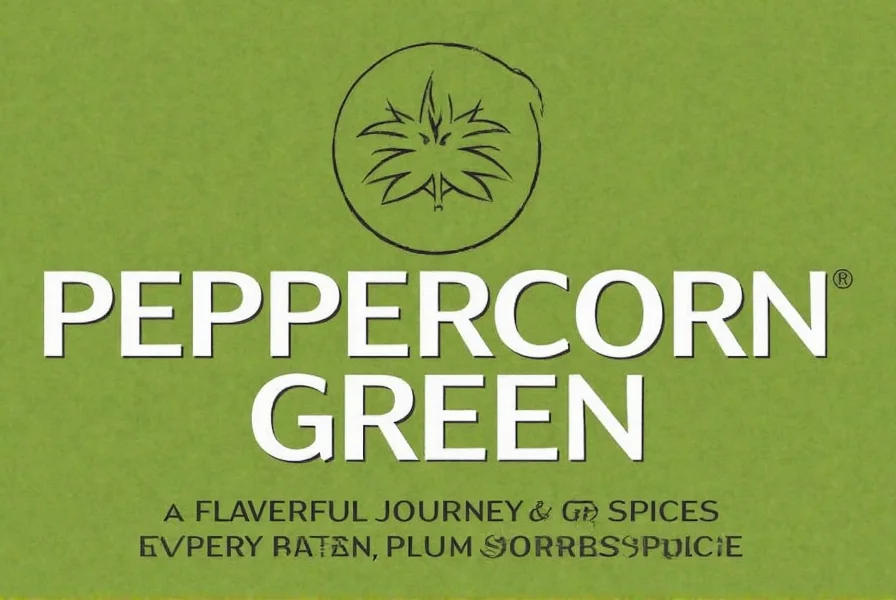
As shown in the comparison table, peppercorn green stands out for its gentle heat and freshness. It complements delicate dishes where black pepper might be too dominant.
Culinary Uses of Peppercorn Green
Peppercorn green is widely used in French, Thai, and Mediterranean cuisines. Its mild flavor makes it perfect for enhancing without overwhelming. Here are expert-approved uses:
- Brined Green Peppercorns: Add to sauces for steak, fish, or chicken for a bright, peppery kick. Use in creamy sauces like béarnaise or hollandaise.
- Freeze-Dried Green Peppercorns: Ideal for dry rubs, spice blends, or sprinkling over roasted vegetables. Retains flavor longer than brined versions.
- Salads and Dressings: Toss whole or crushed peppercorns into green salads or vinaigrettes for a fresh pepper note.
- Seafood Dishes: Perfect for shrimp scampi, grilled fish, or ceviche—adds complexity without heat.
- Marinades: Combine with olive oil, garlic, and herbs for tenderizing meats or tofu.

Pro tip: Add peppercorn green toward the end of cooking to preserve its delicate flavor. For brined varieties, rinse briefly to reduce saltiness before use.
Buying Guide: How to Choose the Best Peppercorn Green
When purchasing peppercorn green, focus on freshness and preservation method. Here’s what to look for:
Key Features to Consider
- Preservation Method: Brined (in saltwater), vinegar-preserved, or freeze-dried. Brined offers juiciness; freeze-dried has concentrated flavor and longer shelf life.
- Color: Vibrant green with no brown spots—indicates freshness.
- Aroma: Should smell fresh and peppery, not sour or musty.
- Texture: Brined berries should be plump and firm; freeze-dried should be dry and crisp.
Product Highlights
1. Brined Peppercorn Green (Fresh)
Features: Preserved in brine, ready to use. Often sold in glass jars.
Advantages: Juicy texture, bright flavor, perfect for sauces and dressings.
Use Cases: Steak sauces, seafood dishes, salad dressings.
Target Audience: Home cooks, professional chefs, food enthusiasts.
Suitable Occasions: Weeknight dinners, gourmet cooking, special occasions.
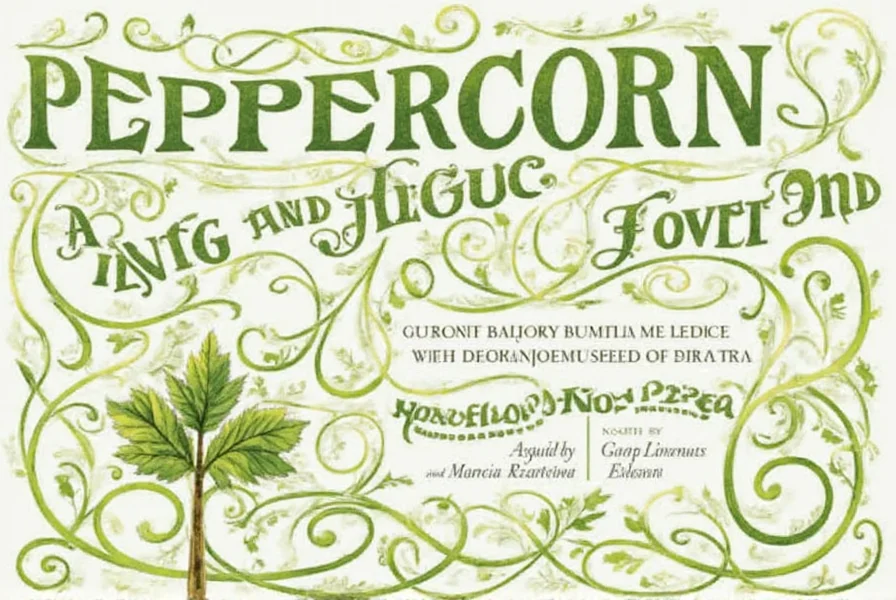
2. Freeze-Dried Peppercorn Green (Premium)
Features: Dehydrated to preserve flavor without moisture. Often sold in resealable pouches.
Advantages: Long shelf life (up to 2 years), intense flavor, easy to store.
Use Cases: Spice rubs, dry seasoning blends, baking.
Target Audience: Serious cooks, meal preppers, culinary professionals.
Suitable Occasions: Recipe development, bulk cooking, outdoor grilling.
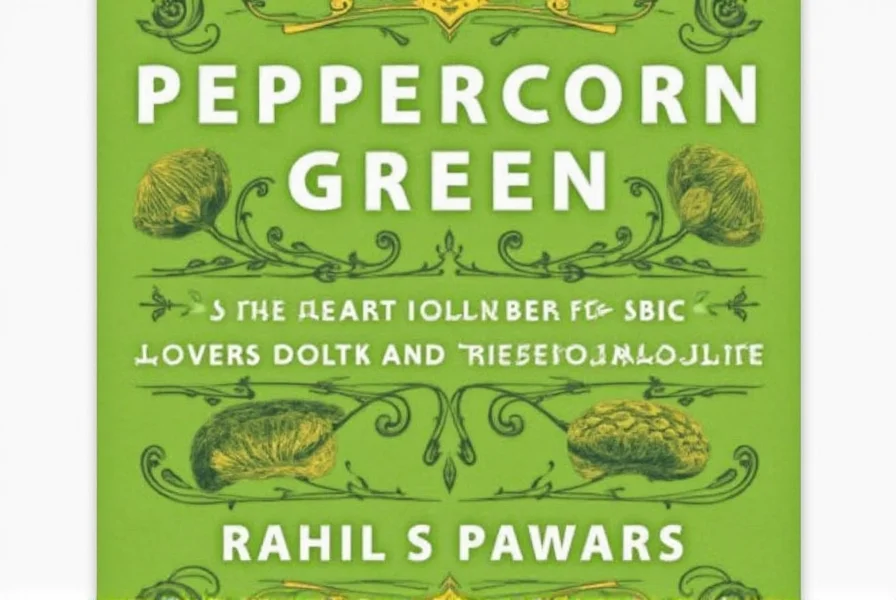
3. Organic Peppercorn Green (Eco-Friendly)
Features: Certified organic, sustainably sourced. Typically brined or freeze-dried.
Advantages: No pesticides, supports ethical farming, pure flavor.
Use Cases: Health-conscious cooking, organic recipes, clean eating.
Target Audience: Eco-conscious consumers, health-focused families.
Suitable Occasions: Daily meals, wellness-focused cooking, gift-giving.
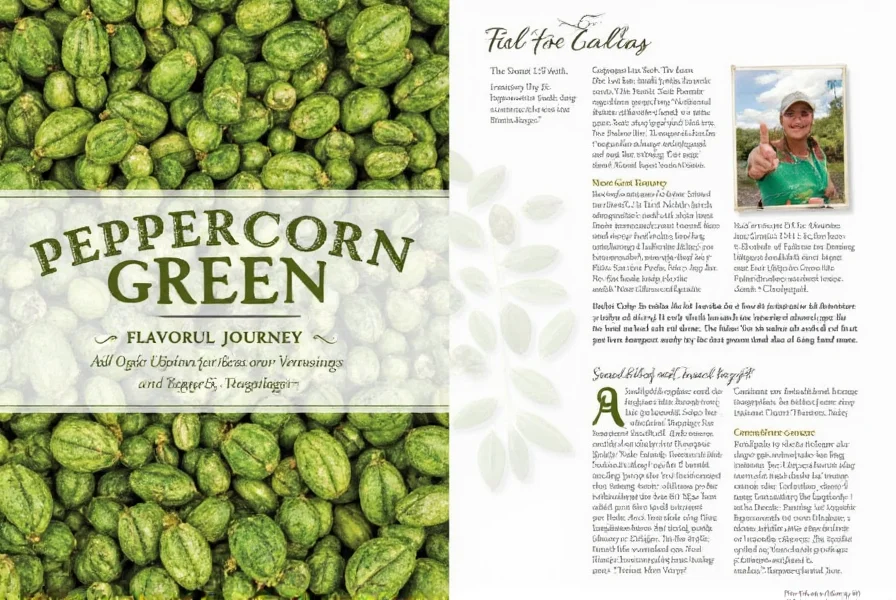
Always check labels for origin, preservation method, and expiration date. For brined varieties, ensure the liquid is clear—not cloudy—to avoid spoilage.
Practical Tips for Using Peppercorn Green
Maximize the flavor of peppercorn green with these expert tips:
- For Brined Versions: Rinse briefly under cold water to remove excess salt before adding to dishes. Add toward the end of cooking to preserve freshness.
- For Freeze-Dried: Crush lightly in a mortar and pestle for even distribution. Use in dry rubs or sprinkle over finished dishes.
- Pairing: Complement with lemon, garlic, or fresh herbs like thyme. Avoid pairing with strong spices like cayenne that overpower its delicate notes.
- Storage: Brined peppercorns: Store in refrigerator for 6-12 months. Freeze-dried: Keep in airtight container away from light and moisture for up to 2 years.
- Substitution: If unavailable, use a mix of black peppercorns (50%) and capers (50%) for similar briny, peppery notes. Never substitute with actual leaves—this is a common misconception.
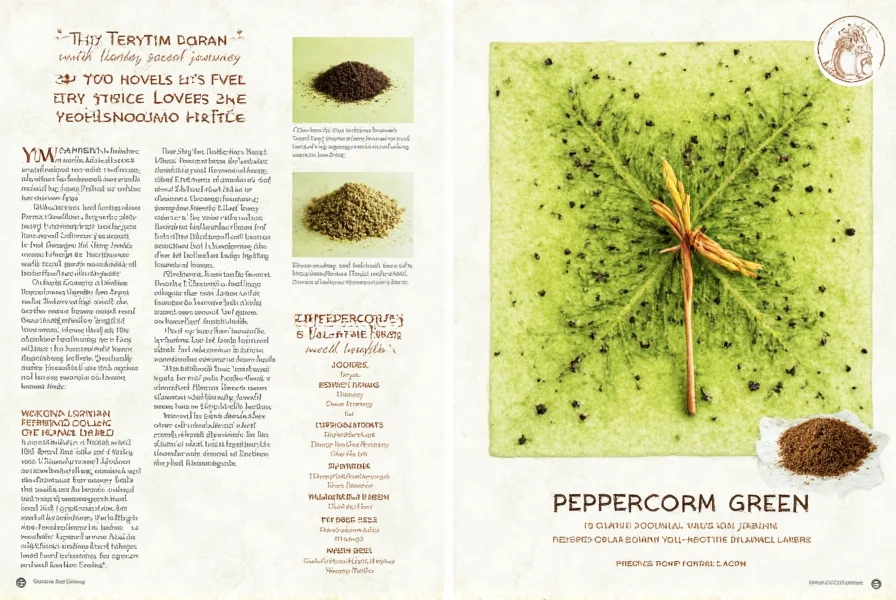
Remember: Peppercorn green is about subtlety. Start with small amounts and adjust to taste—it’s easy to overdo the pepper flavor.
Frequently Asked Questions
What is peppercorn green exactly?
Peppercorn green refers to unripe berries of the black pepper plant (Piper nigrum), harvested before they mature into black peppercorns. They are not leaves but actual berries, typically preserved in brine, vinegar, or freeze-dried. This distinguishes them from "pepper leaves," which are a separate ingredient.
Is peppercorn green the same as green peppercorns?
Yes, "peppercorn green" and "green peppercorns" are interchangeable terms. Both refer to the unripe berries of the black pepper plant. The confusion sometimes arises from mistaking them for leaves, but they are always berries.
How should I store peppercorn green to keep it fresh?
Brined peppercorn green: Store in its original jar in the refrigerator for 6-12 months. Ensure the berries are fully submerged in liquid. Freeze-dried: Keep in an airtight container away from light, heat, and moisture for up to 2 years. Never freeze brined varieties—this alters texture.
Can I substitute peppercorn green with other ingredients?
Yes, but carefully. For brined versions, use capers (for briny flavor) combined with a pinch of black pepper. For freeze-dried, use finely ground black pepper with a touch of lemon zest. Avoid substituting with pepper leaves—this is incorrect and alters flavor. Never use green bell peppers; they have no peppery characteristics.
What are the health benefits of peppercorn green?
Peppercorn green contains antioxidants and piperine (the compound in black pepper), which may support digestion and nutrient absorption. It’s low in calories and adds flavor without extra sodium when used in moderation. However, it’s not a significant source of vitamins or minerals—its primary role is culinary enhancement.
How do I know if peppercorn green has gone bad?
Brined varieties: Look for cloudy liquid, slimy berries, or strong sour smell. Freeze-dried: Check for moisture clumping, loss of color, or musty odor. Always discard if mold appears. Proper storage prevents spoilage—brined should be refrigerated, and freeze-dried kept dry.
Conclusion
Peppercorn green (green peppercorns) is a unique spice that elevates dishes with its fresh, mild pepper flavor. Unlike common misconceptions, it’s made from unripe berries—not leaves—and offers versatility in sauces, seafood, and salads. By understanding its proper use, storage, and substitution options, you can confidently incorporate this ingredient into your cooking. Whether you’re a home chef or culinary professional, peppercorn green adds sophistication without overwhelming heat—making it a valuable addition to any spice collection.
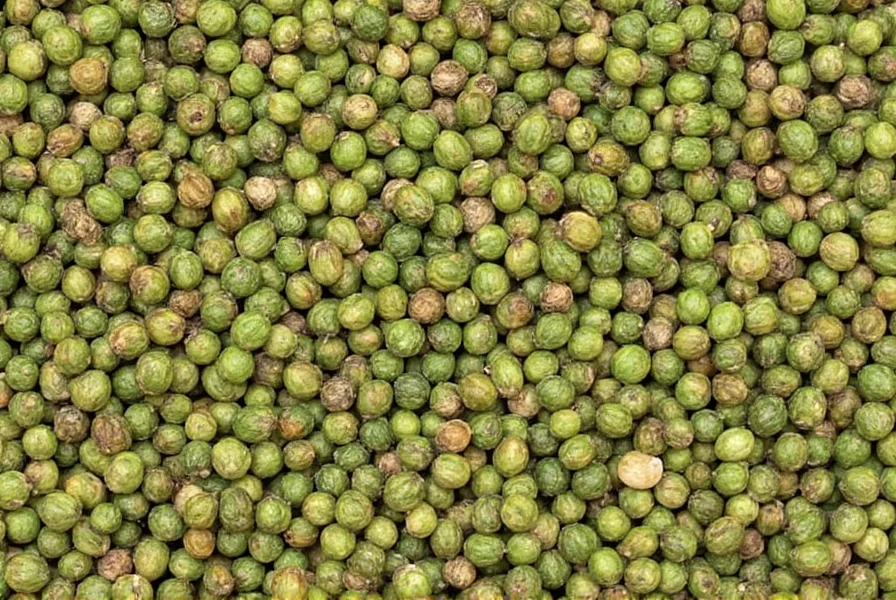
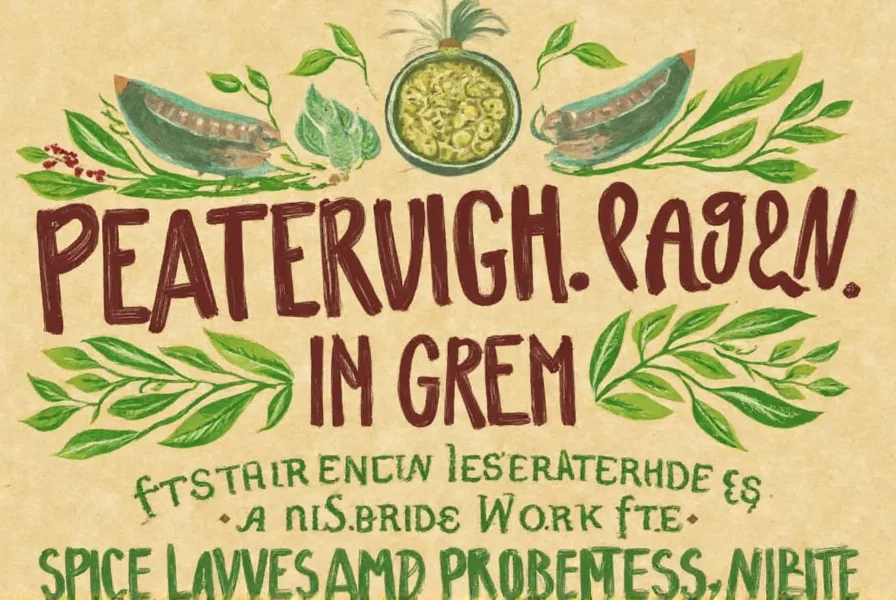
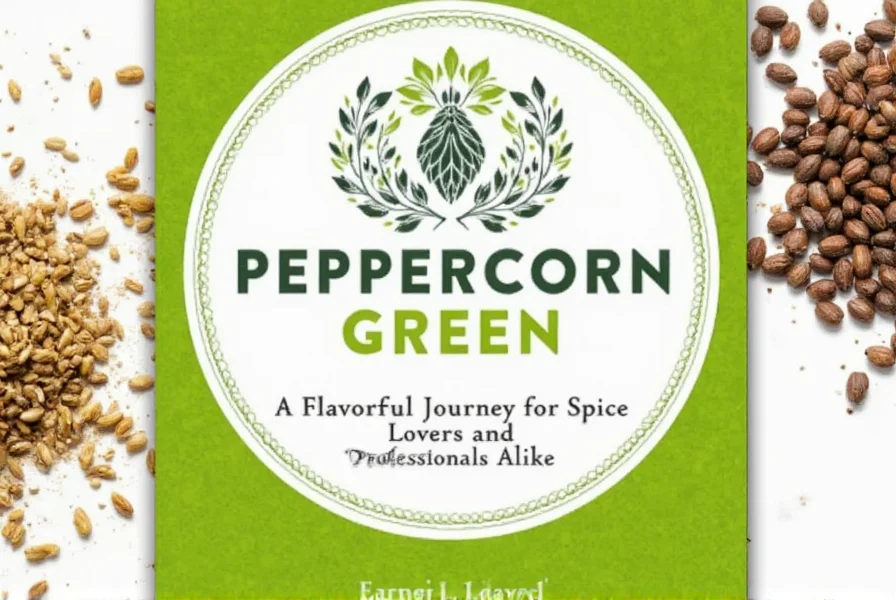
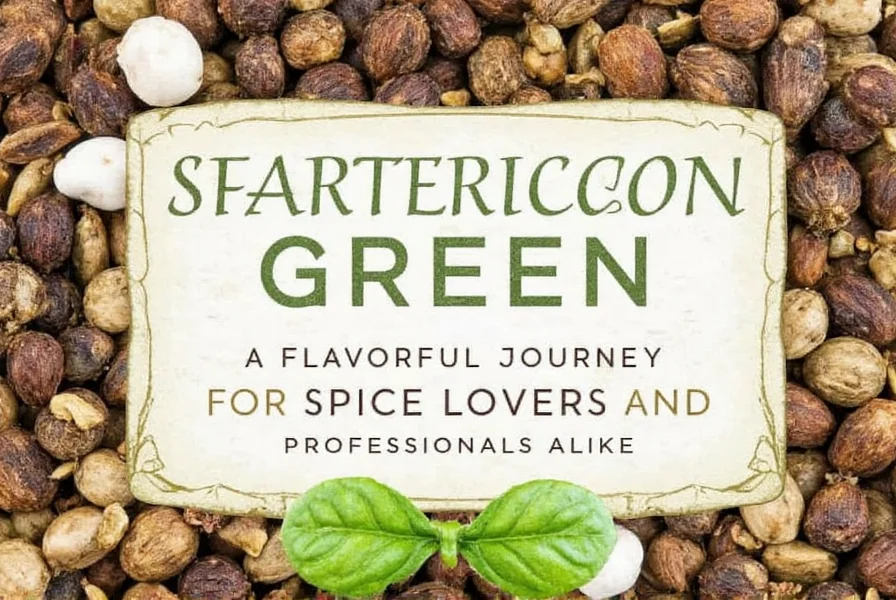
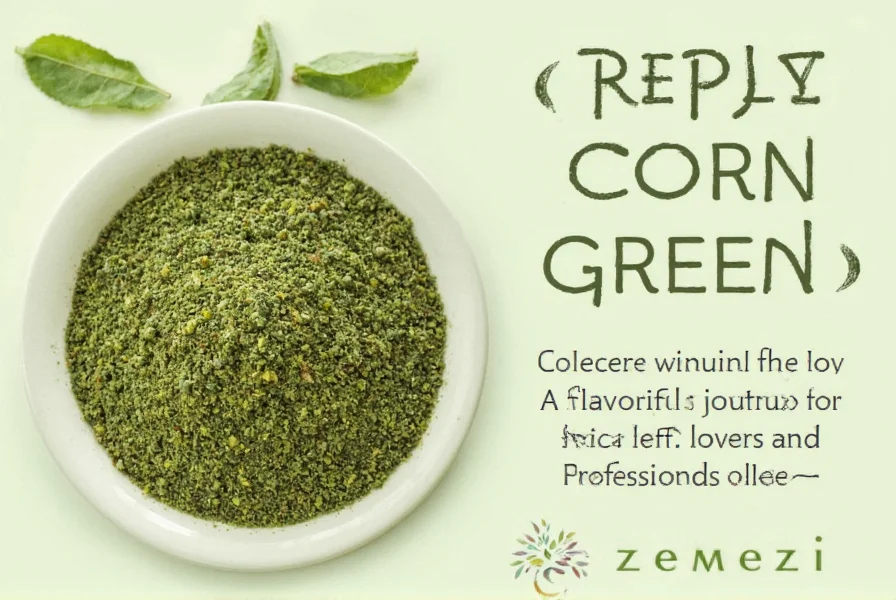

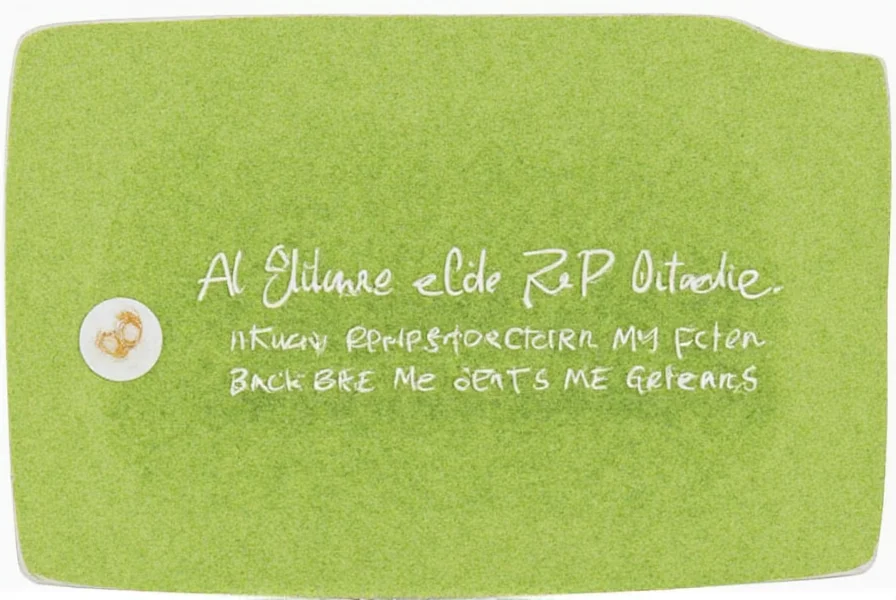









 浙公网安备
33010002000092号
浙公网安备
33010002000092号 浙B2-20120091-4
浙B2-20120091-4